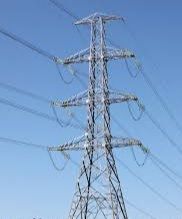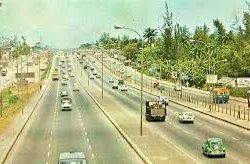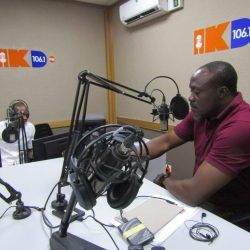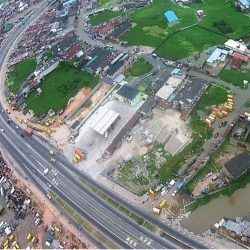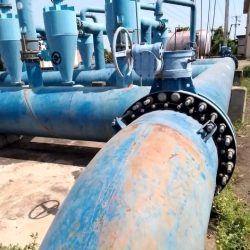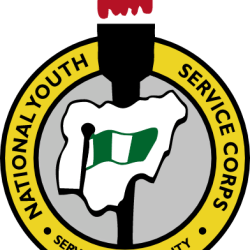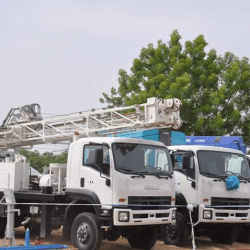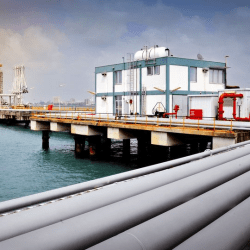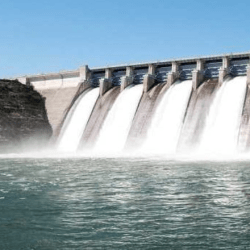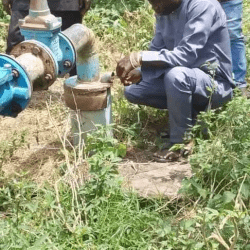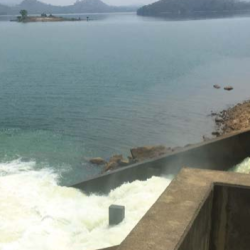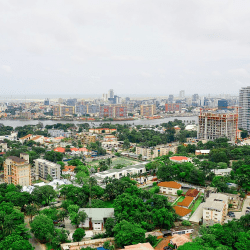The first urban water supply intervention project was recorded
around 1975 with the construction of the Ikorodu I mini-waterworks at Ikorodu, Lagos Road.
It has a installed capacity of 1,620 m3/day which provided treated water supply to Ikorodu township alone.
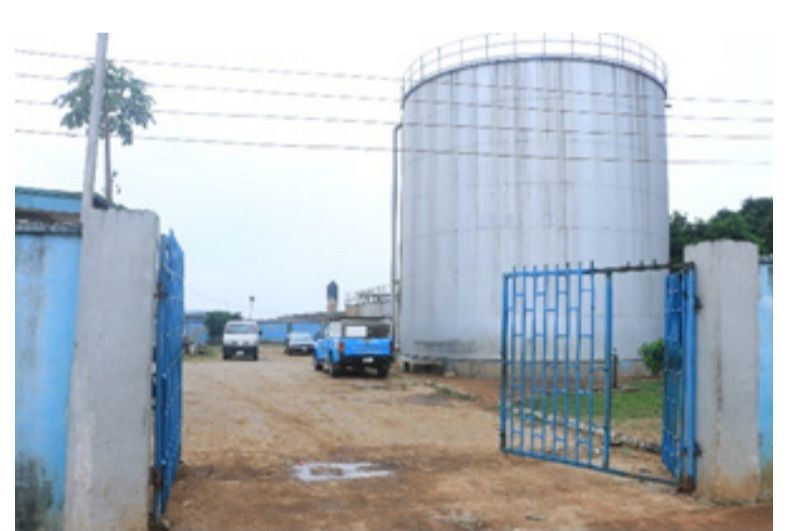
A second mini-waterworks was constructed in 1980 at
Agbowa-Ikosi, with installed capacity of 4,500m3
/day with the raw water sourced from River Aye, and it provided treated water supply to Agbowa and Ota-Ikosi towns.
The third mini-waterworks, Ikorodu II mini-waterworks was constructed in 1983 at Ota Ona, Ikorodu to meet the needs of the rapidly expanding population of Ikorodu town, which had far outstretched the capacity of the Ikorodu I mini-waterworks.
Ikorodu II mini-waterworks has an installed capacity of 13,500m3
/day and the additional capacity resulted in extension of pipe-borne water supply to Igbogbo, Odogunyan, Ipakodo and Owutu
However, due to operating challenges, Ikorodu I and Ota-Ikosi
waterworks became deteriorated and were decommissioned.
The plants are now replaced with the New Ikorodu I mini-waterworks and Ota-Ikosi Regional Scheme with installed capacities of 9,000m3 /day and 18,000m3 /day respectively constructed at the same locations.
While the coverage area of the New Ikorodu I waterworks remains the same, the Ota-Ikosi Regional Scheme provides treated water to communities and towns from Isiu in the west to Ota-Ikosi in the east.
The 650m deep borehole is reported to be the most reliable and has the greatest output.
However, due to non-functionality of some of the boreholes and reduced raw water draft, faulty pumps, poor Grid power supply and inability to run on alternative generator due to lack of fund.
The current average output capacity has therefore reduced to 3,600m3 /day i.e., 40% of installed capacity.
The treatment plant feeds the Ikorodu network by gravity from the 200m3 elevated tank through a 200mm dia delivery pipe.
Pipelines were initially laid extensively in Ikorodu town in AC material, some as far back as 40 years ago from 2021 covering Lagos Road, Sagamu Road, TOS Benson Road, Obafemi Awolowo Road, Oriwu Road, and Agbele Road.
But almost all the pipes are reportedly damaged by road construction works.

11 boreholes were drilled for raw water supply, with depths ranging between 76.2m and 82.1m, but most of the boreholes are no
longer functioning for reasons of pump damage or borehole failure.
At the time of visit, the plant operation had been suspended due to low boreholes yield, faulty pumps, poor Grid power supply and inability to run on alternative generator due to lack of fund.
The treatment process and pumping equipment were in a very poor state of operation. Major rehabilitation of the waterworks is required.
The treatment plant feeds the same Ikorodu network, through but by direct pumping. It was reported that the elevated tank at Bethel Primary school, which was constructed as a balancing reservoir has not been use.
The reason for this is not known, but should be investigated, as its proper utilization could improve supply in the area significantly
Raw water is abstracted through a side intake on River Aye. The raw water is pumped through a 500mm diameter DI main over 840m to the treatment plant.
Due to continuous flooding of the low-lying pipeline alignment, the raw water is suspended on an elevated walkway over about
340m of its length.
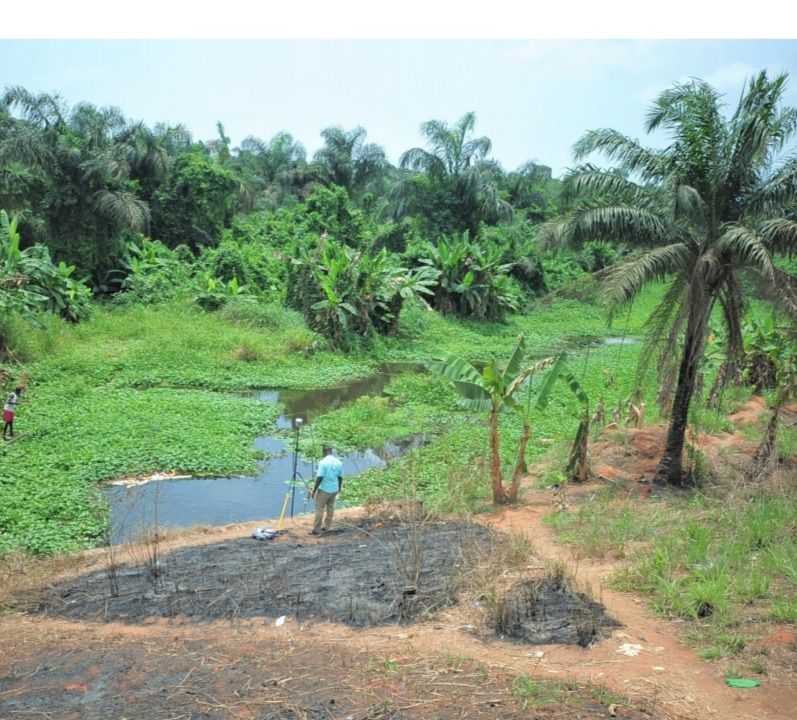
The treatment includes aeration, flocculation and sedimentation, filtration and disinfection with the water production metered and the effluent partly recycled.
The waterworks raw and treated water production are metered and the effluent is partly recycled. The scheme was commissioned. At the time of visit, the plant was not in operation as handing over process was not completed. Regular short duration operational runs are done to “warm” the plant and thereby supply some water to the closer beneficiary towns and communities.
The network covers the following towns and communities: Agbowa, Ota Ikosi, Odo Ayandelu, Isiu, Imota, Ajebo, Iganke, Ago Hausa and Otoikin. Actual coverage for the towns and communities range
between 10% and 45%.
The Agbowa distribution system comprises a 450mm diameter DI pumping main from the waterworks, booster stations at Agbowa and Imota, 8 elevated gravity supply tanks at beneficiary towns including Agbowa, Ota Ikosi, Odo Ayandelu, Imota, Ajebo, Iganke, Ago Hausa and Otoikin, and approximately 50km of tertiary pipelines laid in the towns and communities.
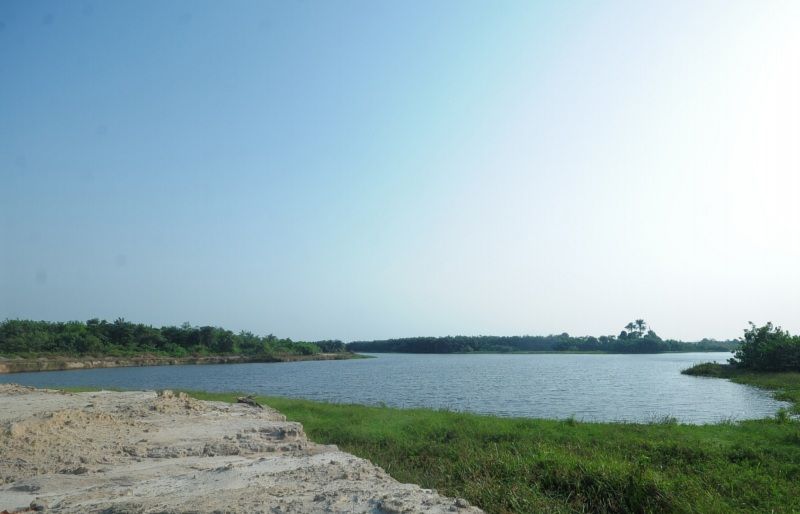
Treated from the waterworks is pumped through the 450mm diameter main to Agbowa main distribution tank.
Supply to Ota Ikosi-and Odo-Ayandelu tanks is made by a tee-off on the 450mm diameter pumping main to the two locations.
From the Agbowa booster station, a set of pumps deliver water to Ajebo, Iganke, Ago Hausa and Otoikin elevated tanks.
The same pumps also lift water into a second elevated tank at Agbowa for gravity supply to Imota booster station, which in turn pumps water to the Imota town elevated tank and Isiu elevated water tank.
The Isiu section is not completed yet, as the State Government is considering extending the regional supply system further to Ikorodu.
The total length of the distribution tertiary network for the towns comprising 100mm to 150mm diameter pipes is estimated at 50km and the total distribution service storage is 6,300m
Furthermore, it is of note to mention that from 1985, the State
Government, through the Ministry of Rural Development, now Ministry of Local Government and Community Affairs (MLG&CA) commenced construction of micro-water schemes in semi-urban and rural areas to provide water supply aimed at improving the living conditions of rural dwellers and reduce rural-urban migration in the sub-region.
Six schemes were constructed in the sub-region by 2000 – Igbokuta, Isiu, Baiyeku, Ijede, Ofin-Oreta and Araromi, each with an estimated installed capacity of 1,000m3 /day.
Each scheme was provided with limited reticulation of 1,500m to
2,000m long and 20 standpipe connections.
There are about 72 micro-water schemes of various capacities spread across Ikorodu.
Water resources in Ikorodu
The raw water resources of Ikorodu are grouped into two (surface water and groundwater resources) as the place is well endowed with huge volumes of both resources.
The groundwater resources are present in shallow aquifers of varying size within the sub-region.

The local water quality is generally considered to be good although polluted creeks, storm water runoff and infiltration sometimes influence the water quality especially around unconfined coastline aquifer around Baiyeku, Majidun, Ajegunle, Owode-Onirin, Ebute-Ipakodo, Ibeshe, Oreta and Ofin.
The subsurface beneath the place is made up of sequences of sands, silts, clays and shale with reported limestone in some of the previously drilled borehole in Itoikin at 200m depth.
The underlying geologic units indicated favorable condition to holding sufficient groundwater for exploitation. The identified aquifers are the upper sands found from surface level to a depth of 100m and lower sands below 100m.
Reference
lagosstate.gov.ng
